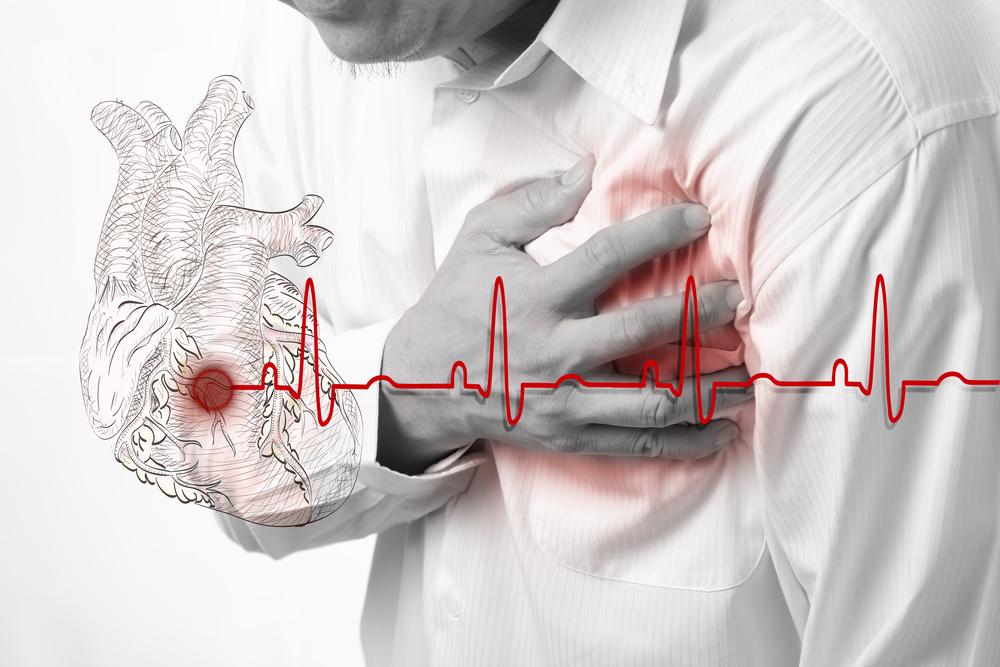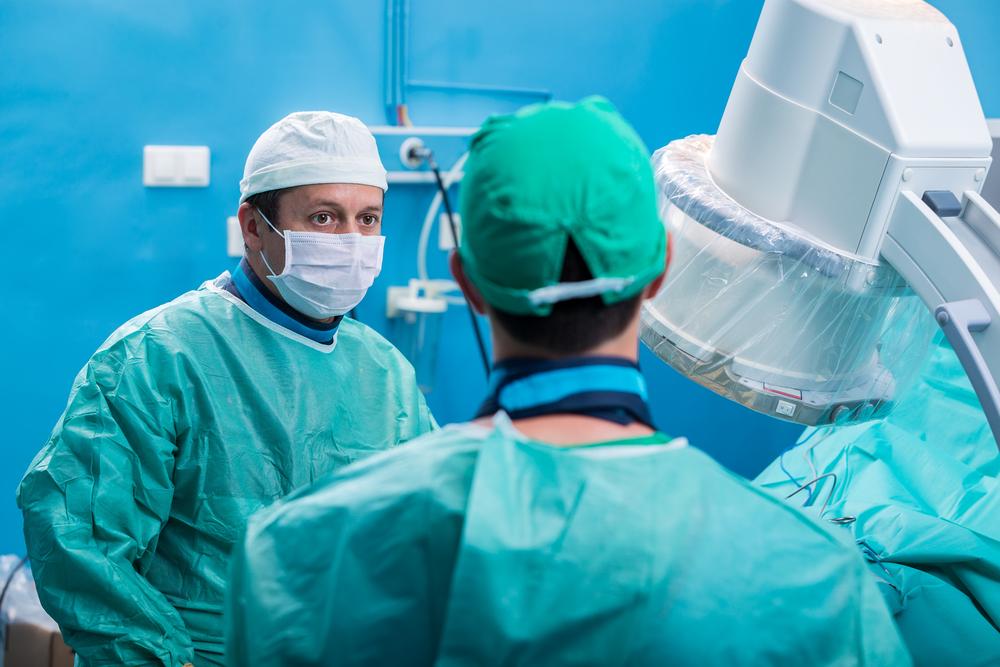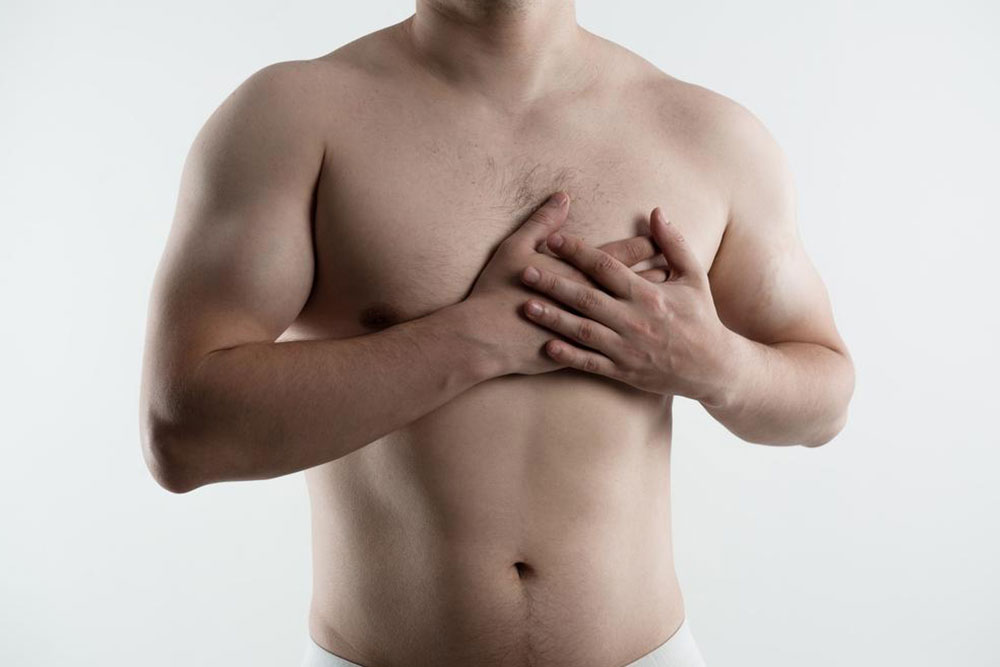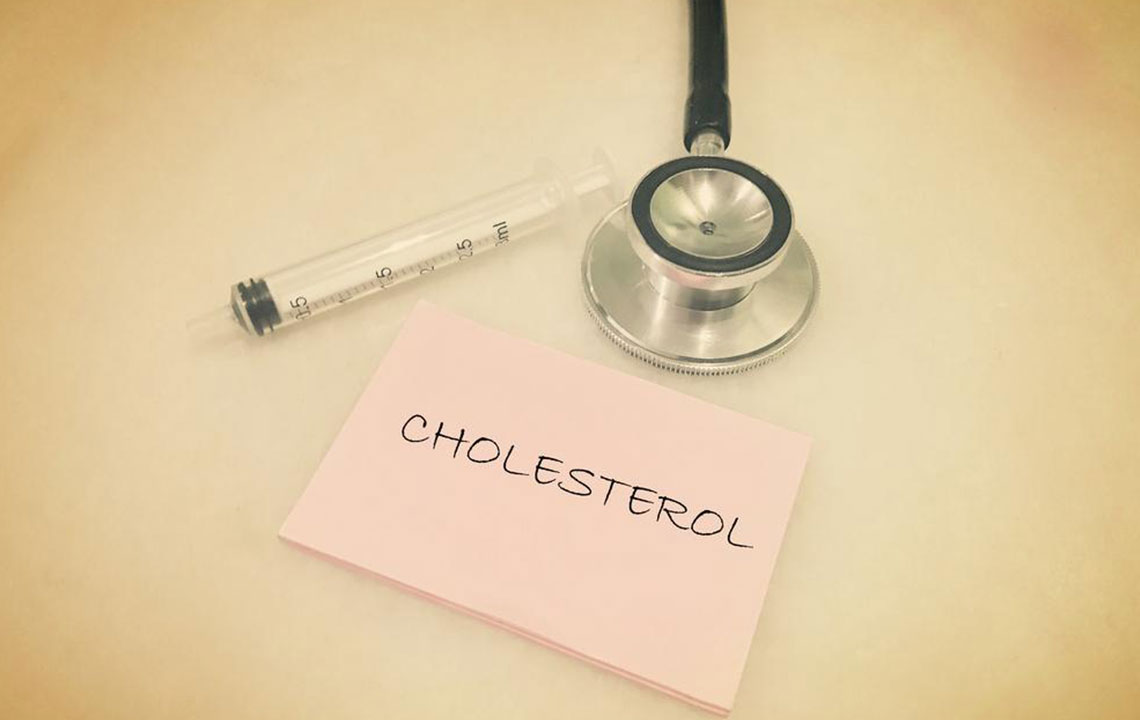Understanding Tachycardia: Symptoms, Types, and Treatment Options
Learn about tachycardia, its symptoms, types, and treatments. This comprehensive guide covers arrhythmia causes, how to manage episodes, and preventive measures. Understand when to seek urgent care and explore various therapies, including lifestyle changes and advanced procedures like ablation and pacemakers. Protect your heart health with informed decisions and professional guidance.

Understanding Tachycardia: Symptoms, Types, and Treatment Options
Tachycardia is a condition characterized by an abnormally rapid heartbeat exceeding 100 beats per minute. While a fast pulse isn't always problematic, different types of irregular rhythms may indicate underlying health issues. Often asymptomatic, some individuals may experience symptoms like dizziness, chest discomfort, or fainting. If untreated, certain forms can lead to serious complications such as stroke, heart failure, or sudden cardiac arrest.
Signs and Symptoms
Many people with tachycardia show no symptoms, but others may experience lightheadedness, palpitations, shortness of breath, dizziness, or chest pain. Occasionally, fainting episodes could occur.
Detection often occurs during routine heart examinations or tests, especially if symptoms are absent.
Types of Tachycardia
Various forms of tachycardia depend on their origin within the heart and cause. The most prevalent types include:
Atrial fibrillation
Known as A-fib, this common arrhythmia involves irregular electrical signals in the upper heart chambers, causing a rapid heartbeat. A-fib episodes may be temporary or persistent, requiring treatment to restore normal rhythm.
Atrial flutter
This arrhythmia features more organized heartbeats in the atria. While often resolving on their own, some cases may need medical intervention. Atrial flutter can also increase the risk of developing A-fib later.
Ventricular tachycardia
Originating in the heart’s lower chambers, this rapid rhythm prevents proper filling and pumping of blood. Brief episodes may resolve spontaneously, but prolonged episodes pose serious health risks and demand urgent medical attention.
Ventricular fibrillation
This lethal arrhythmia causes the ventricles to quiver instead of contracting effectively, impairing blood circulation and potentially leading to sudden cardiac arrest.
Paroxysmal atrial tachycardia (PAT)
Also called paroxysmal supraventricular tachycardia, PAT involves sudden episodes of rapid, regular heartbeats originating above the ventricles. Heart rates can reach 130-230 bpm in adults and over 220 bpm in children.
Managing Tachycardia
The primary goal is to reduce heart rate during episodes and prevent recurrence. Treatment depends on factors like age, overall health, and underlying causes. A combination of approaches may be used to achieve optimal outcomes.
Reducing Heart Rate During Episodes
Vagal maneuvers
Techniques stimulating the vagus nerve can slow the heart rate, such as coughing, bearing down, applying cold water to the face, or pressure on the abdomen. These actions should be performed during symptoms to observe effects.
Electrical Cardioversion
This procedure delivers controlled electrical shocks to reset the heart’s rhythm, usually performed in emergencies after less invasive methods fail.
Preventive Treatments
Catheter ablation
With this minimally invasive technique, catheters are threaded into the heart to deliver heat or cold energy, creating scars that block abnormal electrical pathways, thereby restoring normal rhythm.
Pacemaker
A small device implanted under the skin that detects irregular rhythms and emits impulses to maintain regular heartbeats.
Surgical Interventions
In rare cases, open-heart surgery may be necessary to eliminate abnormal electrical pathways when other treatments have proven ineffective.
Physical Activity
Engaging in moderate exercises like brisk walking, running, tennis, or cycling can enhance heart health and support treatment efforts. Patients should follow medical advice and report new symptoms promptly.










